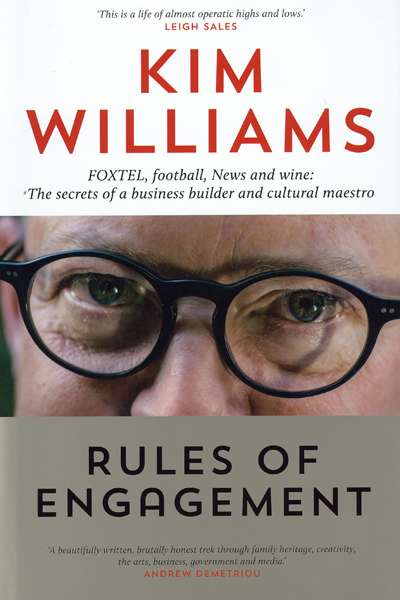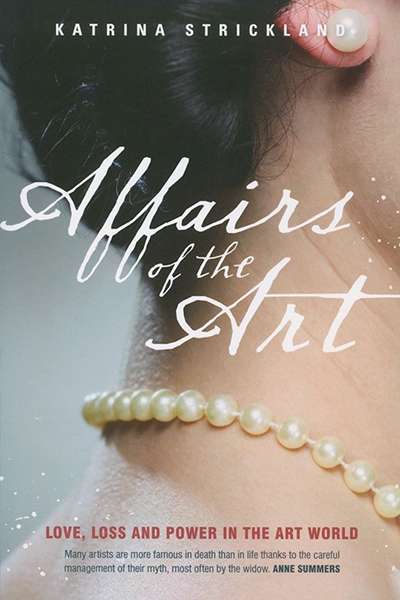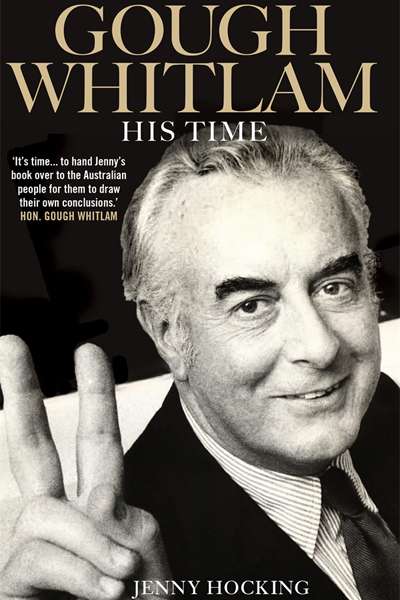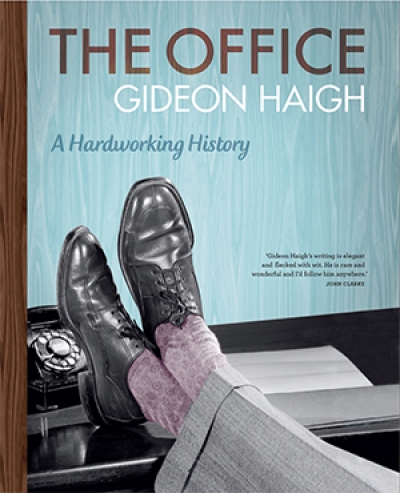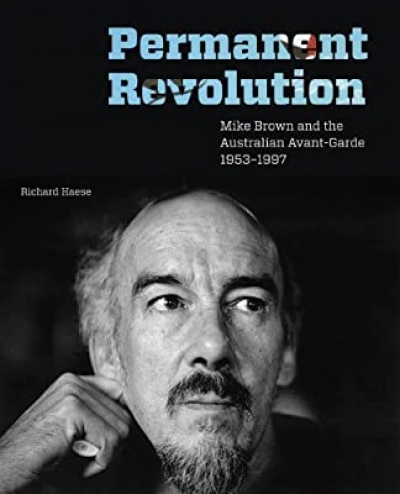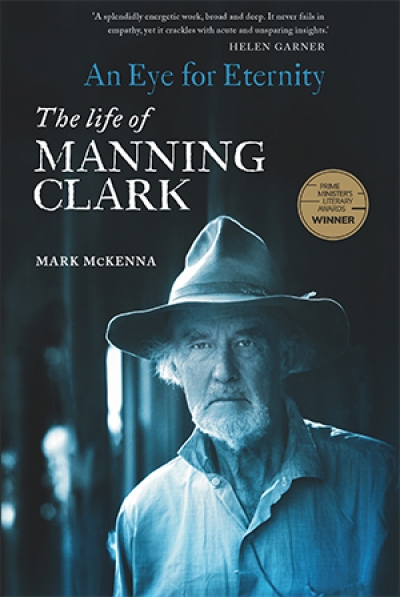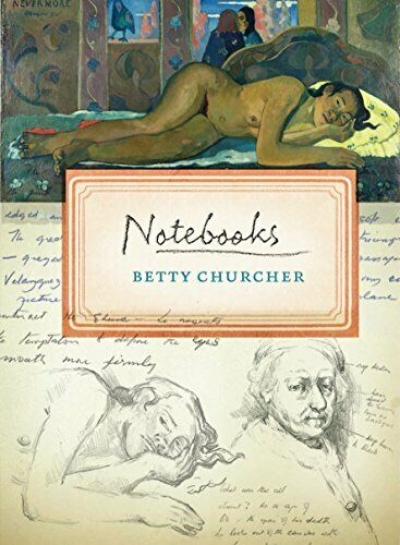Miegunyah Press
Sydney by Julia Horne and Geoffrey Sherington & From New Left to Factional Left by Alan Barcan
by Richard Broinowski •
Gough Whitlam: His Time: The Biography, Volume II by Jenny Hocking
by Neal Blewett •
Permanent Revolution: Mike Brown and the Australian avant-garde1953–97 by Richard Haese
by Peter Hill •
An Eye for Eternity: The Life of Manning Clark by Mark McKenna
by Norman Etherington •
The West and the Map of the World: A Reappraisal of the Past by Matthew Richardson
by John Thompson •
The Garden of Ideas: Four Centuries of Australian Style by Richard Aitken
by Luke Morgan •

